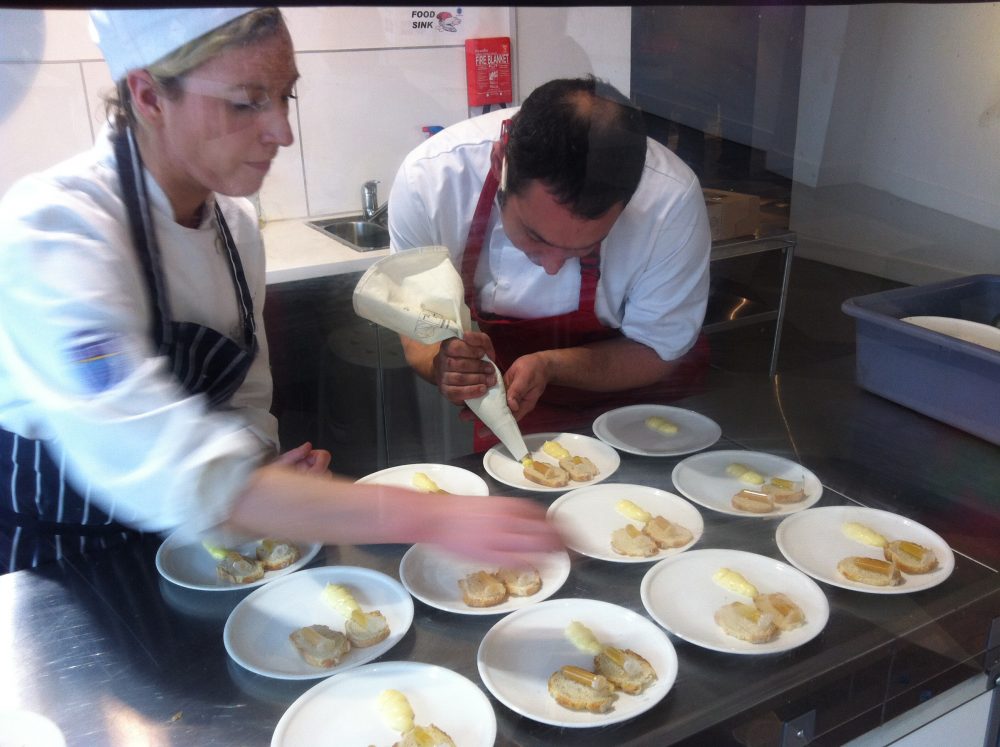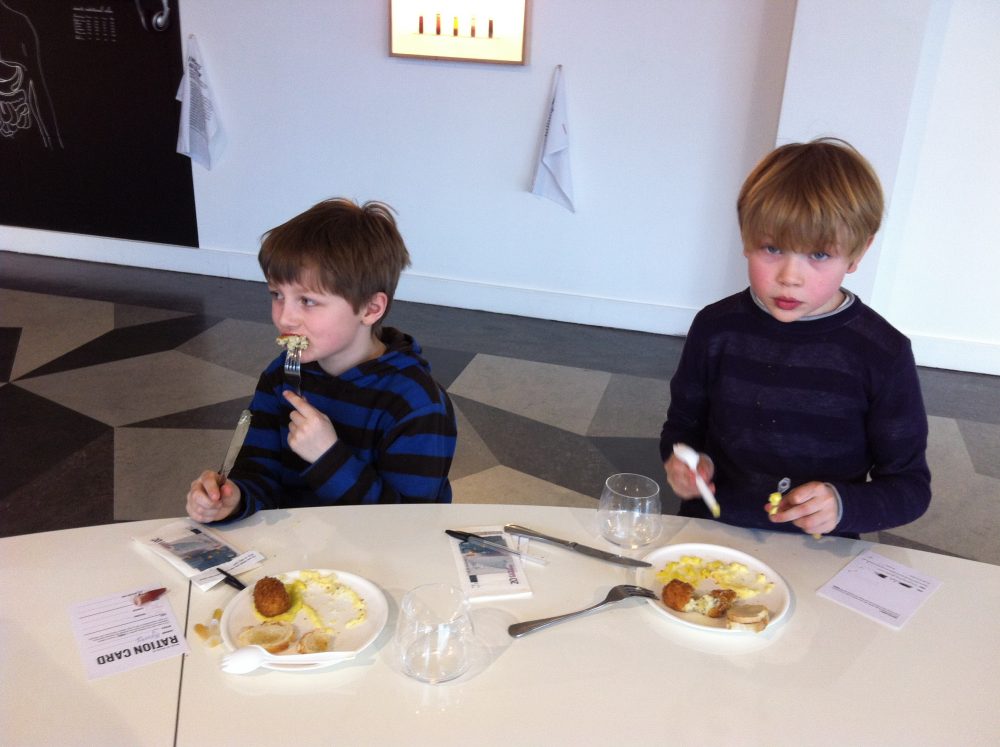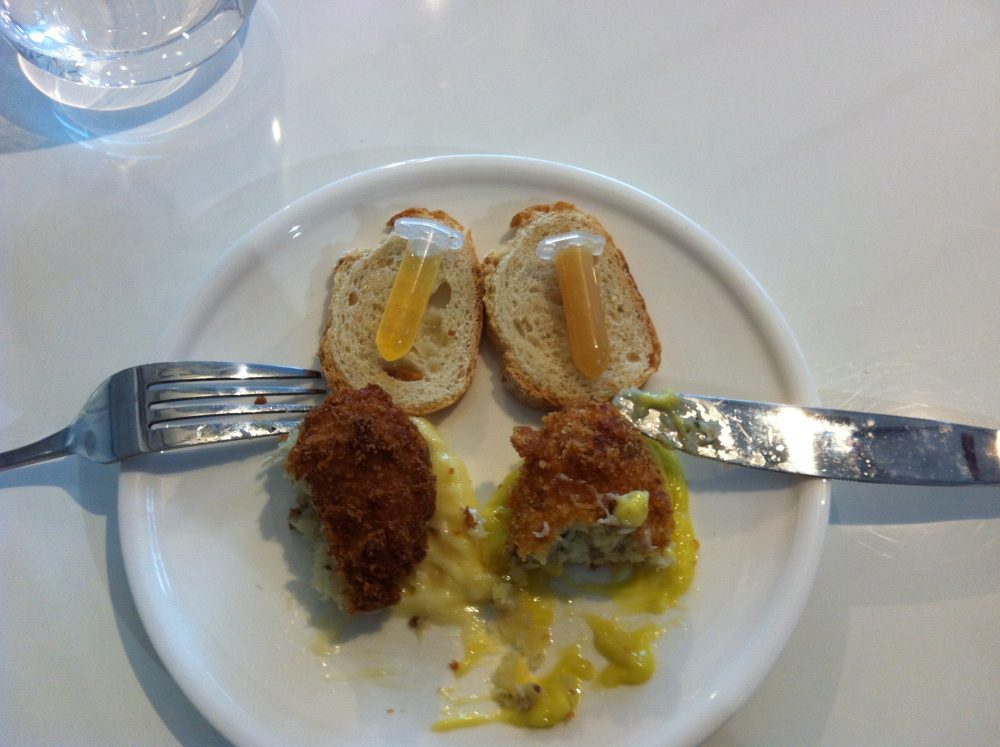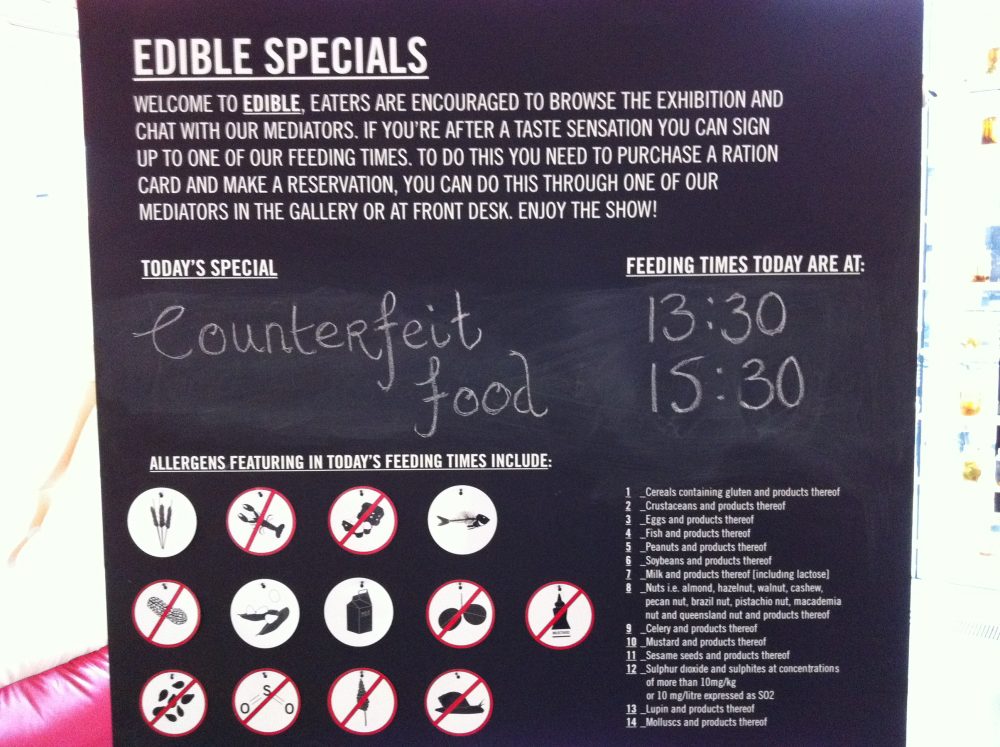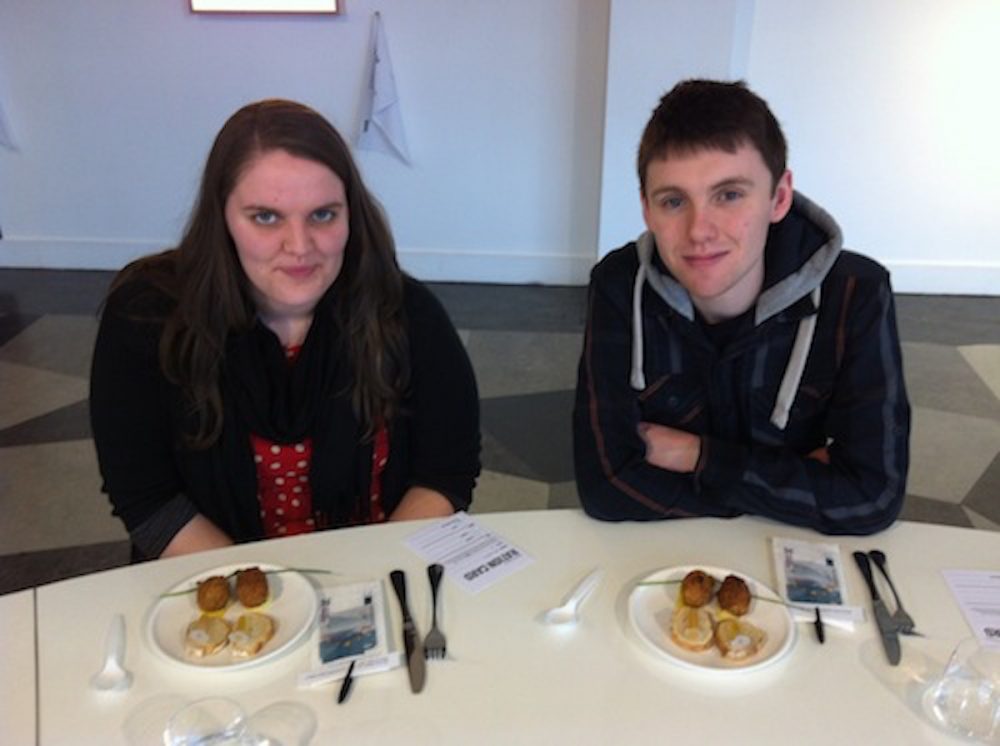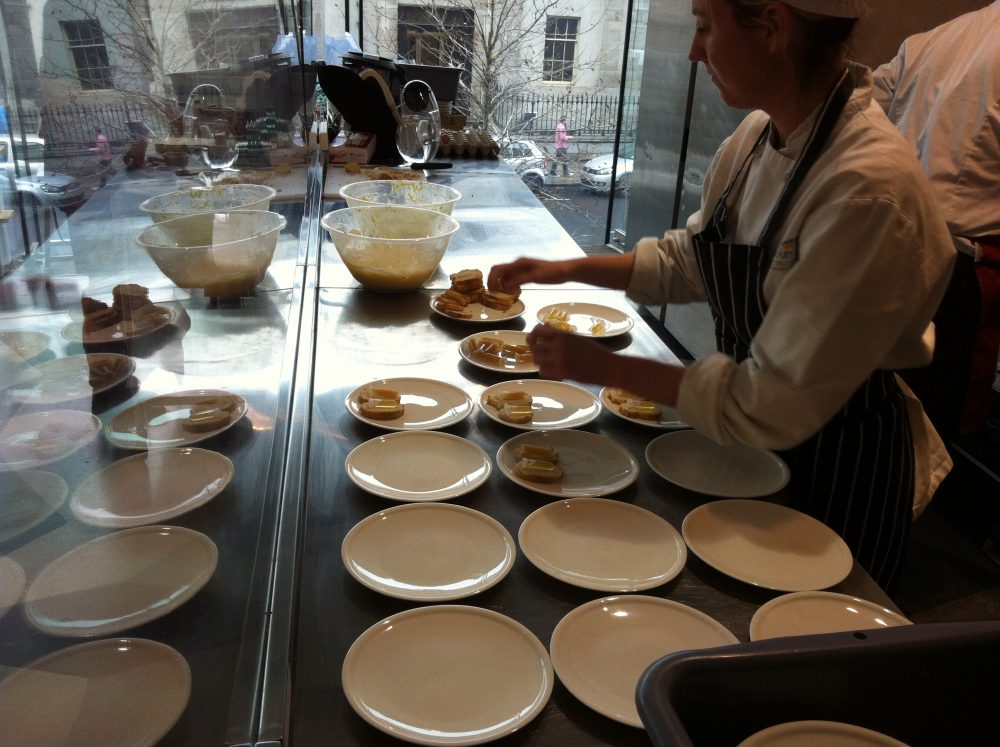
Many of the foods we eat may be fake. This is especially true for high demand foods like olive oil, honey and certain fish. Investigative journalism has revealed that counterfeit foods have been infiltrating the global marketplace for years. Because of the increasing cost of food production and in some cases declining supply of raw materials, large-scale food producers are able to profit while substituting artificial ingredients for the authentic product and offering consumers a constant supply chain of cheap food.
Very few regulations are in place to trace the origins of counterfeit foods. Why are some foods more prone to counterfeit? What happens as we become more removed from the production of our food, the ecology and the real costs of our food? What is our perception of ‘authentic’ food and ‘fake’ food? Can we tell if we are eating counterfeit foods? What does this say about the future of food?
This food experiment is designed to question the food that we eat and not take for granted truth in advertising, packaging, or even government regulations. All participants were be served an identical looking preparation of: codfish cakes with extra virgin olive oil aioli, and Irish honey. However, some of the dishes will be prepared with counterfeit ingredients and some with authentic ingredients. Who can tell if they are eating counterfeit foods?
This experiment was performed at the Science Gallery in Dublin as part of the exhibition Edible: Taste of Things to Come.
Dublin, 2012
